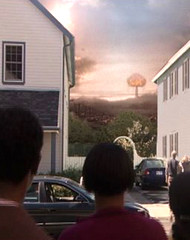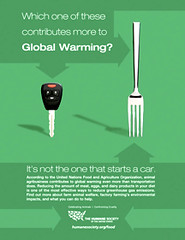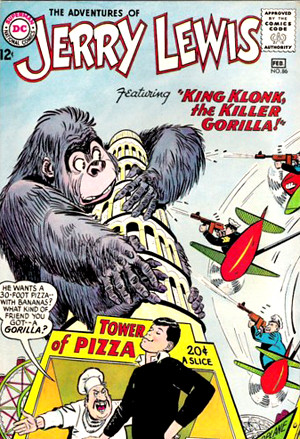“Unfortunately, Amazon Unbox videos and the Amazon Unbox video player are not compatible with Apple/MacIntosh hardware and computer systems.” – Amazon.com
And as Amazon goes, so goes NBC Universal’s ability to put top-selling shows like Heroes and The Office into the hands of iTunes consumers. The losers, undoubtedly, will be consumers in what some are calling one of NBCU’s worst decisions since it entered the digital media arena.
According to Apple, NBCU had reportedly sought more copy-protection controls as well as more pricing flexibility. Apple said that NBCU had asked for “more than double the wholesale price for each NBC TV episode,” which would have resulted in a $4.99 per episode price. The episodes are now listed on Amazon for $1.99.
“With the addition of NBC Universal TV content to Amazon Unbox, fans now have the ultimate convenience for enjoying their favorite shows whenever or wherever they want,” said Jean-Briac Perrette, president of digital distribution for NBCU, neglecting to mention that only Amazon Unbox customers (which exclude Apple portable media owners) will benefit from this convenience.
The post-negotiation public debate being played out between Apple and NBCU reinforces an increased trend toward companies airing disagreements in public, knowing that if the media does not pick it up, then high profile bloggers will.
“What they’re going to have to realize is that out of all the dozens of shows available out there, most people only want the four or five most popular shows,” James McQuivey, an analyst at Forrester Research, said (as highlighted on Terry Heaton’s blog). “And if those aren’t there, those consumers are just going to walk away.”
McQuivey is right. As much as I like Amazon, I won’t have a choice when it comes to Unbox video player. Since we work on Macs, play on Macs, and own iPods, NBCU’s decision is clear: if we miss a broadcast, our only option is to watch something else. How’s that for content protection?
Apple seems to be doing its fair share to protect NBCU content as well. Apple decided it will no longer sell new NBC shows, including those that will premiere next month. Fortunately, iTunes has other shows to consider, including those that might distract the fans of Heroes and The Office.

And as Amazon goes, so goes NBC Universal’s ability to put top-selling shows like Heroes and The Office into the hands of iTunes consumers. The losers, undoubtedly, will be consumers in what some are calling one of NBCU’s worst decisions since it entered the digital media arena.
According to Apple, NBCU had reportedly sought more copy-protection controls as well as more pricing flexibility. Apple said that NBCU had asked for “more than double the wholesale price for each NBC TV episode,” which would have resulted in a $4.99 per episode price. The episodes are now listed on Amazon for $1.99.
“With the addition of NBC Universal TV content to Amazon Unbox, fans now have the ultimate convenience for enjoying their favorite shows whenever or wherever they want,” said Jean-Briac Perrette, president of digital distribution for NBCU, neglecting to mention that only Amazon Unbox customers (which exclude Apple portable media owners) will benefit from this convenience.
The post-negotiation public debate being played out between Apple and NBCU reinforces an increased trend toward companies airing disagreements in public, knowing that if the media does not pick it up, then high profile bloggers will.
“What they’re going to have to realize is that out of all the dozens of shows available out there, most people only want the four or five most popular shows,” James McQuivey, an analyst at Forrester Research, said (as highlighted on Terry Heaton’s blog). “And if those aren’t there, those consumers are just going to walk away.”
McQuivey is right. As much as I like Amazon, I won’t have a choice when it comes to Unbox video player. Since we work on Macs, play on Macs, and own iPods, NBCU’s decision is clear: if we miss a broadcast, our only option is to watch something else. How’s that for content protection?
Apple seems to be doing its fair share to protect NBCU content as well. Apple decided it will no longer sell new NBC shows, including those that will premiere next month. Fortunately, iTunes has other shows to consider, including those that might distract the fans of Heroes and The Office.


































